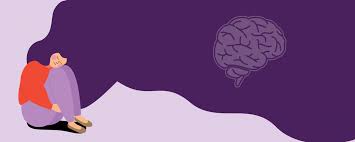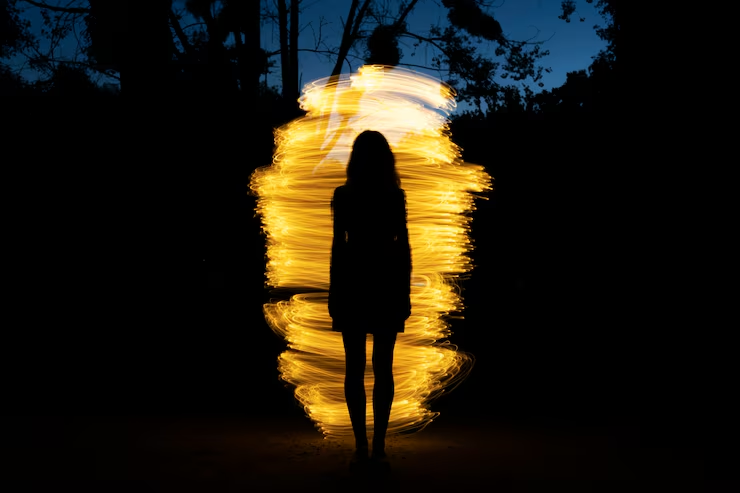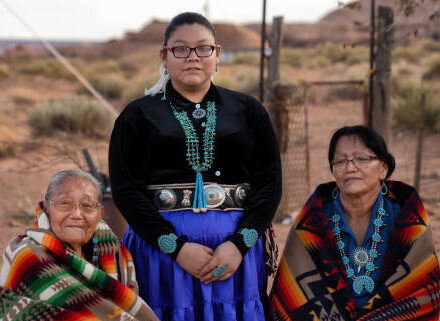Reflections on Connection, Survival, and Humanity
I recently read a powerful blog post by my Somatic Experiencing colleague, Madeline Dietrich, that deeply resonated with me. Her words reflected what I have been carrying inside for some time, and I felt inspired to expand on her reflections here.
She wrote:
“In my Somatic Experiencing work, I remind people that humans are mammals. In our basic make up we’re pack animals. Instinctually, we know our survival depends on being part of a tribe – on belonging. So, here we find ourselves in this very odd contradictory situation of opposing messages – your supposed survival depends on avoiding people and yet our survival, especially our emotional survival, depends on being in connection. It feels helpful to just articulate this cross current of imperatives.”
Madeline then asked:
“My concern is that this current situation will be our reality for some time to come, and I wonder what will be left of our social fabric by the time it’s over. How will we repair this rupture? Maybe friends and family will be okay, and will make those repairs, over time, but what about the bigger social matrix that holds us together?”
Her words touched something essential in me.
As humans, we are wired for connection. Our nervous systems depend on co-regulation, the way we settle, feel safe, and thrive in the presence of others. When this is disrupted, especially for prolonged periods of time, our survival instincts shift. Instead of moving toward connection, many of us begin to focus on protection.
The lock-downs and restrictions of recent years have amplified this paradox: we are told to isolate for survival, yet our very biology signals that isolation itself can feel like a threat. For children especially, this prolonged disconnection has lasting effects on the nervous system and developing psyche.
The Nervous System Under Collective Stress
One of the unique challenges of this global experience is that we cannot fight or flee the threat. The virus is invisible to our senses, so many people default into freeze responses—a nervous system state where energy becomes trapped, leading to numbness, shutdown, anxiety, or collapse.
For those with histories of childhood trauma, abuse, neglect, or medical trauma, these conditions can reactivate old wounds:
-
Masks may trigger memories of suffocation, anesthesia, or silencing.
-
Restrictions may echo experiences of control or punishment from oppressive systems, including intergenerational trauma from fascist or totalitarian regimes.
-
Social distancing can mirror neglect or abandonment, leading to deep feelings of disconnection and threat.
These somatic triggers aren’t just “in the mind.” They live in the body and nervous system, and they shape how safe, or unsafe, we feel in the present moment.
I often wonder how many people dissociate daily just to get through the demands of this time. I see it in my clients: people who wear masks even when medically exempt, people who go along with rules that overwhelm their bodies, all in order to avoid exclusion or conflict.
This kind of functional freeze may allow survival in the short term, but it comes at the cost of embodiment and vitality. When we disconnect from our bodies too often, we risk losing touch with our deeper needs, emotions, and human connection.
Another consequence of prolonged stress is division. Families and communities have experienced painful conflict over issues like masking, vaccines, hugging, and safety measures. These fractures can feel like further ruptures to the social fabric that normally supports us.
Yet beneath these differences, I believe most of us are doing our best to live according to our core values:
-
Integrity
-
Respect
-
Responsibility
-
Caring for ourselves and others
We are all navigating compromised versions of our “normal” reality. Some people suffer more, some benefit, and most experience a mix of both.
An Invitation to Compassion
As a Somatic Experiencing Practitioner and fellow human-being, I share these reflections not to divide, but to invite compassion: for ourselves, for each other, and for our children.
Not everyone has the strength, time, or language to explain why they do what they do. Many people, especially those with pre-verbal trauma, literally cannot articulate the reasons behind their behaviour. They just know what helps them stay embodied and what does not.
When we hold this in mind, we can begin to see one another with more kindness. Instead of judgment, we can meet others with curiosity and compassion.
My hope is that as we navigate collective challenges, we can prioritize both physical health and emotional well-being. That we remember to care not only for our bodies, but also for our humanity.
Because in the end, what keeps us resilient is not only survival—it’s connection.





